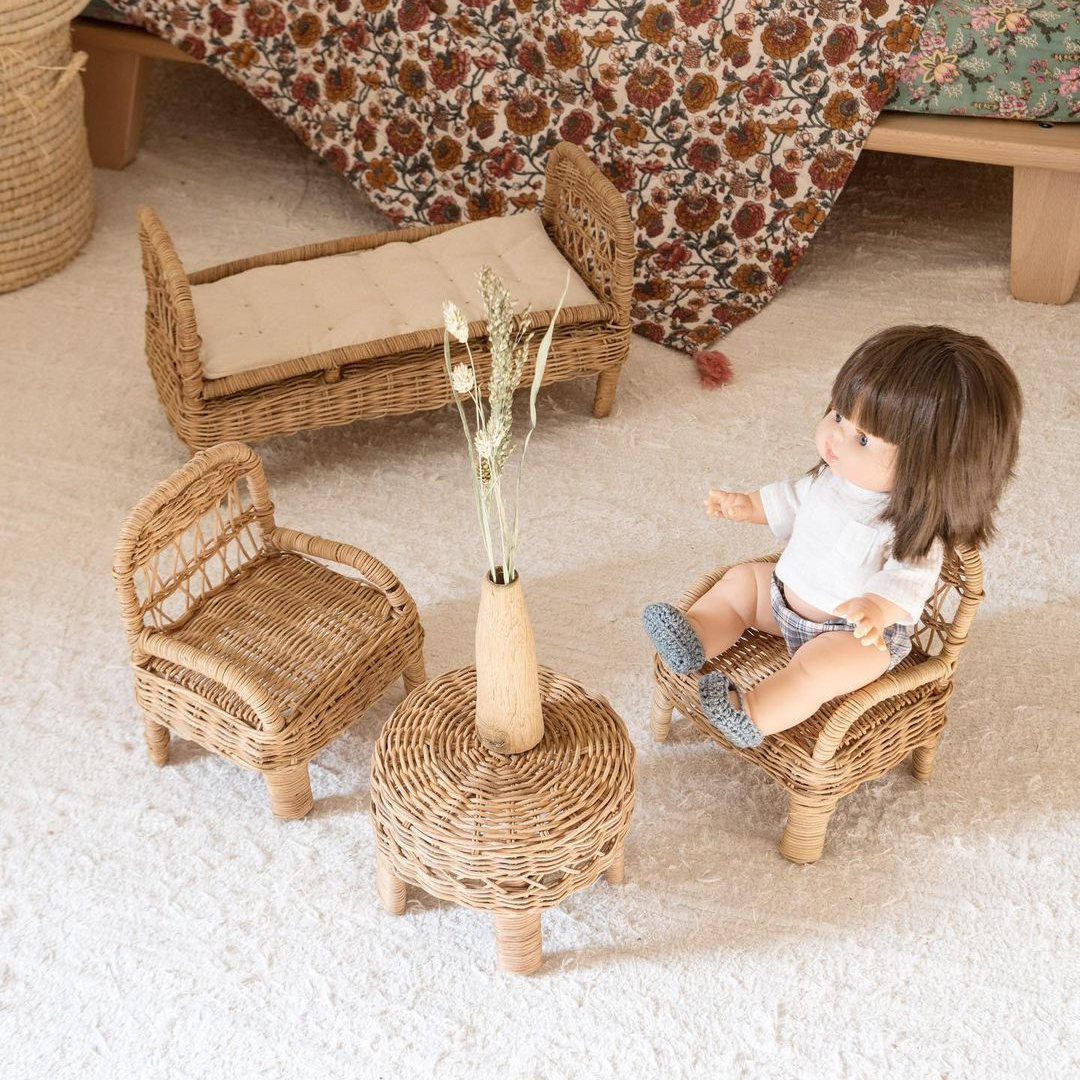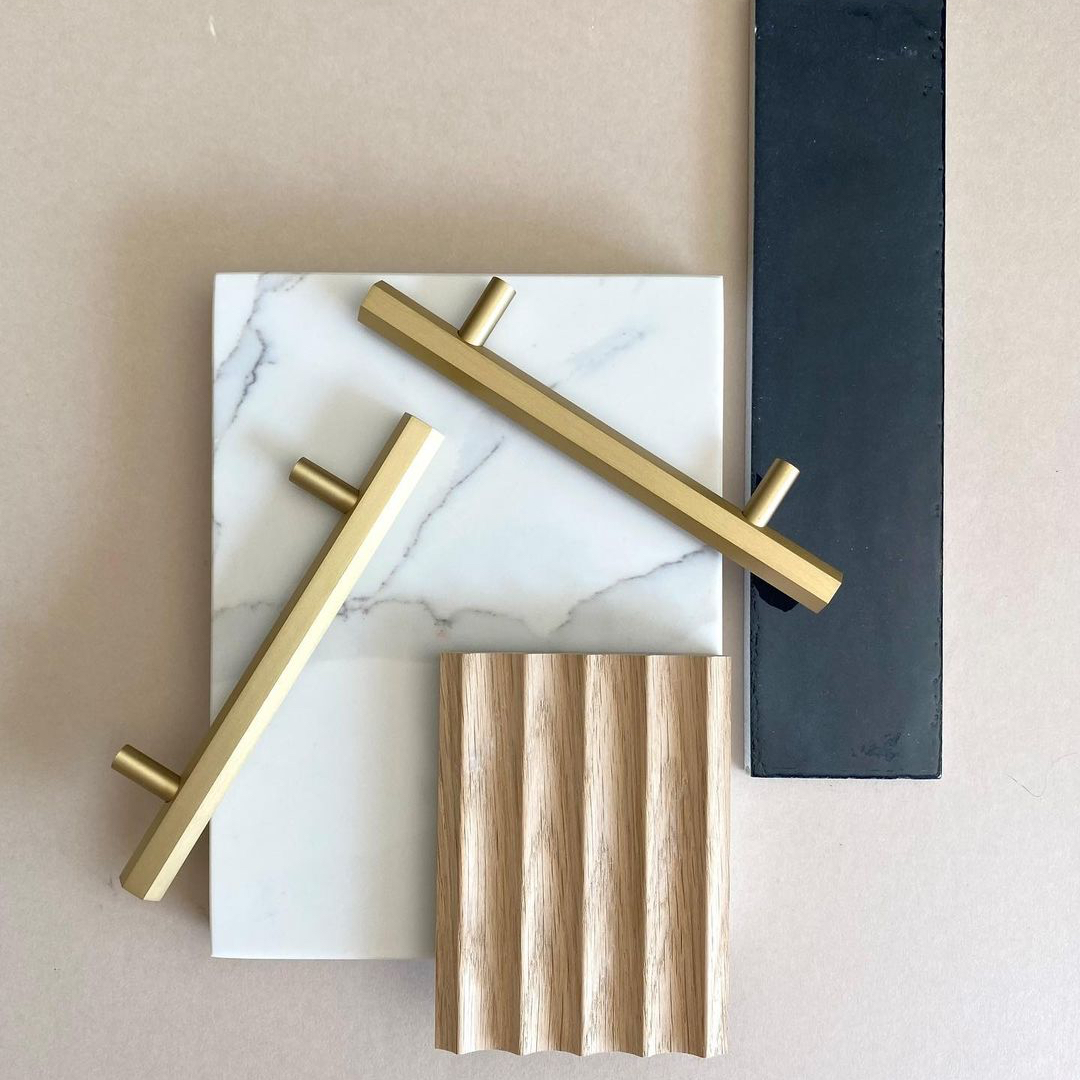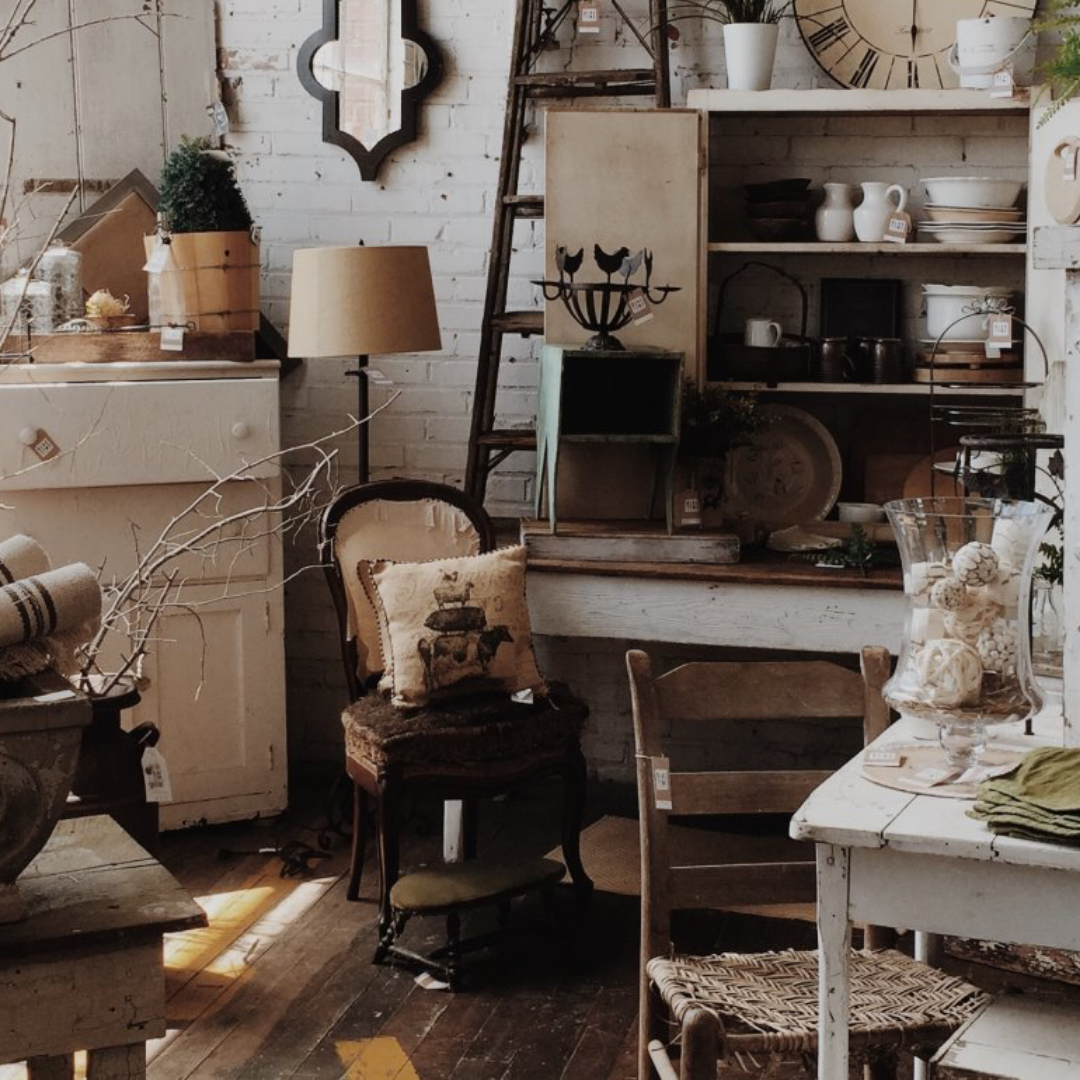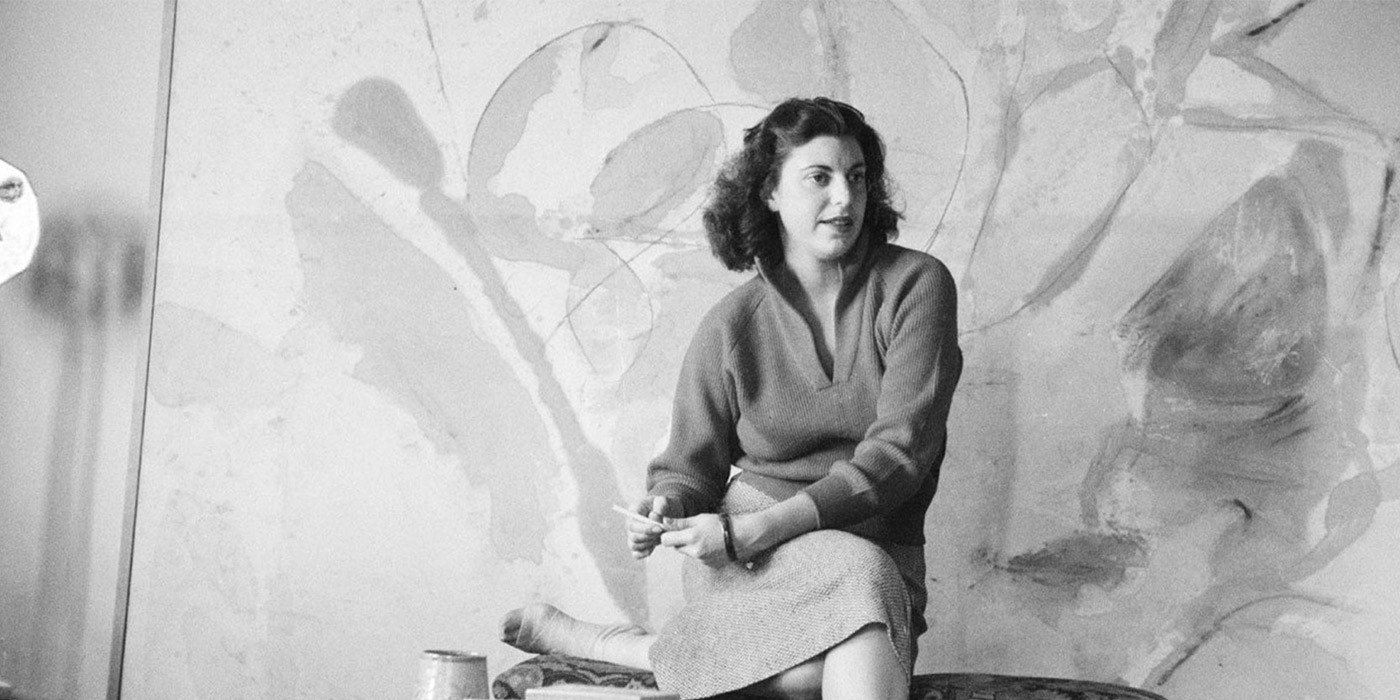Abstract Expressionism: Helen Frankenthaler
Helen Frankenthaler was an American abstract expressionist painter who is recognised as one of the great artists of the last century. Her career spanned six decades from the 1950s to her death in 2011, and she is considered a significant contributor to the history of postwar American painting.
1950s soak-stain technique
The 20th century was a time of rapid artistic change, in which the rainmaker artists of the day – including abstract expressionist Jackson Pollock – challenged traditional concepts and methods.
Frankenthaler’s breakthrough invention of the “soak-stain” technique saw her expand the possibilities of abstract expressionism and spearhead the transition to colour field painting. Artist Morris Louis said of Frankenthaler, “[she] was a bridge between Pollock and what was possible.”
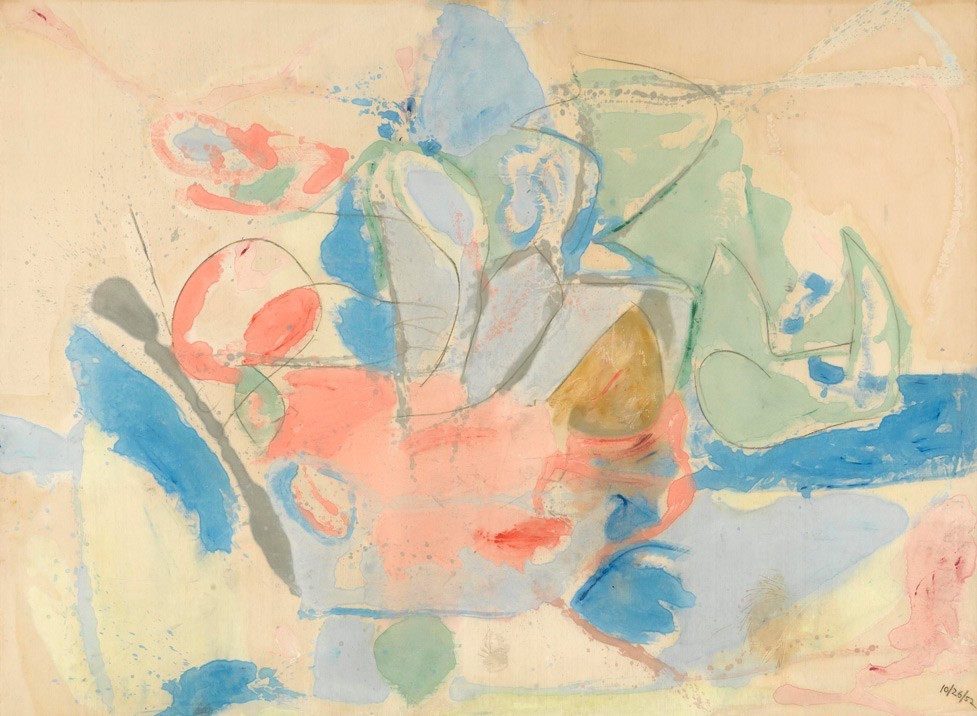
The soak-stain technique involved pouring cans of diluted paint onto an unprepared canvas, allowing the material to soak up the paint and form indeterminate “stains.” These huge paintings (Frankenthaler refused to paint on smaller canvases) resemble massive watercolours, brilliantly coloured and as much admired for their lyric qualities as they are for being bold. They are not gestural or overworked – they look as though they were “born in a minute.”
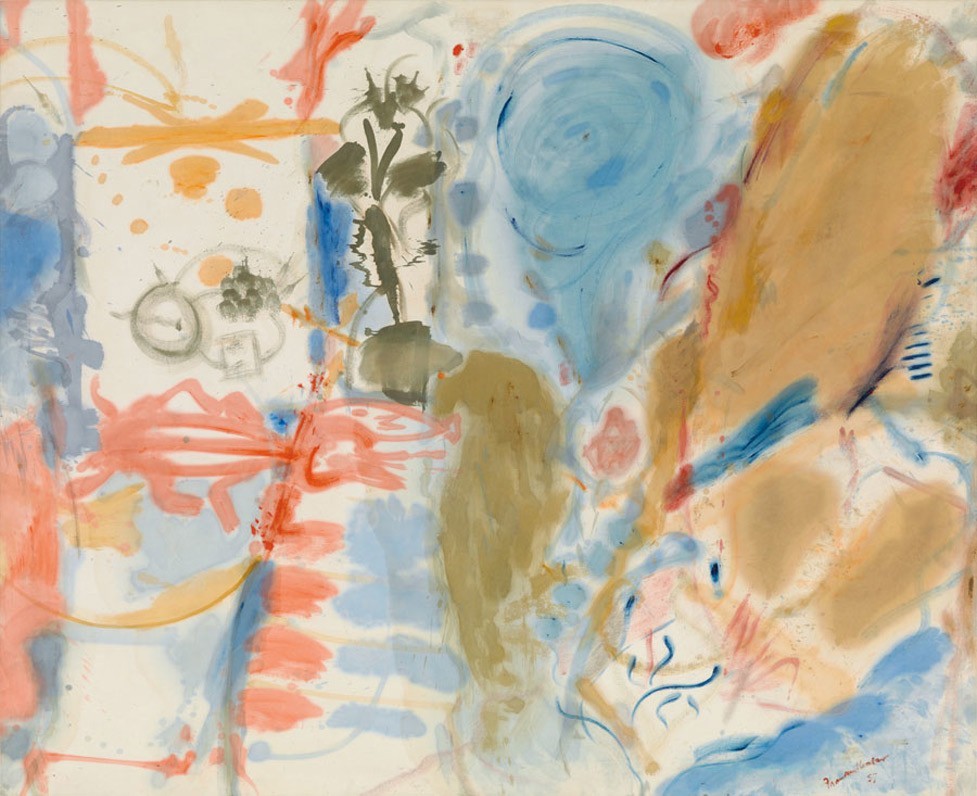
“A really good picture looks as if it’s happened at once. It’s an immediate image. For my own work, when a picture looks laboured and overworked, and you can read in it – well, she did this and then she did that, and then she did that – there is something in it that has not got to do with beautiful art to me… I think very often it takes ten of those over-laboured efforts to produce one really beautiful wrist motion that is synchronised with your head and heart, and you have it, and therefore it looks as if it were born in a minute.” – Helen Frankenthaler
1960s colour field painting
Frankenthaler’s work in the 1960s was described as colour field painting. In general, this term refers to large areas, or fields, of a single colour, characterised by the use of hues that are similar in tone or intensity and large formats and simplified compositions.
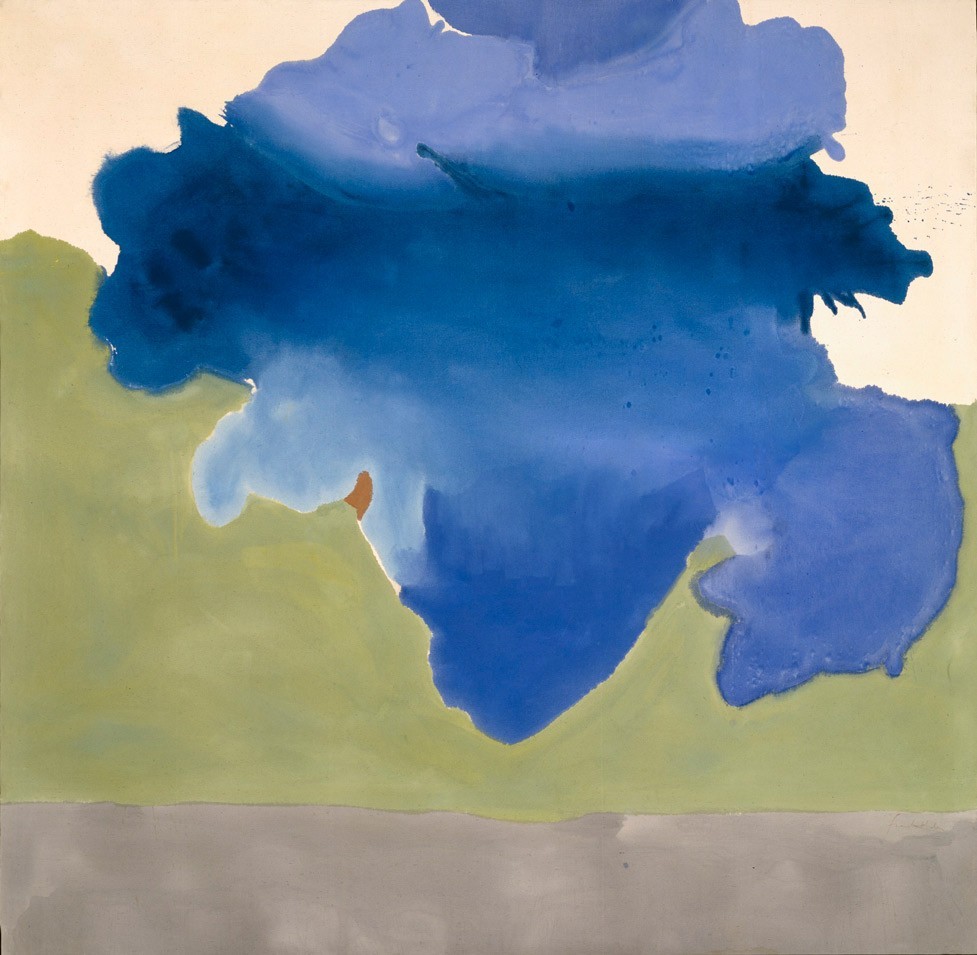
Channel Helen Frankenthaler in your space
Does Frankenthaler’s work inspire you? Channel her style in your own space using colour-field theory to capture the spirit of her unique aesthetic in your home.
Create large areas of colour – pastel hues if you’re drawn to her earlier soak-stain work or more intense colours if her 1960s colour field painting appeals to you more.
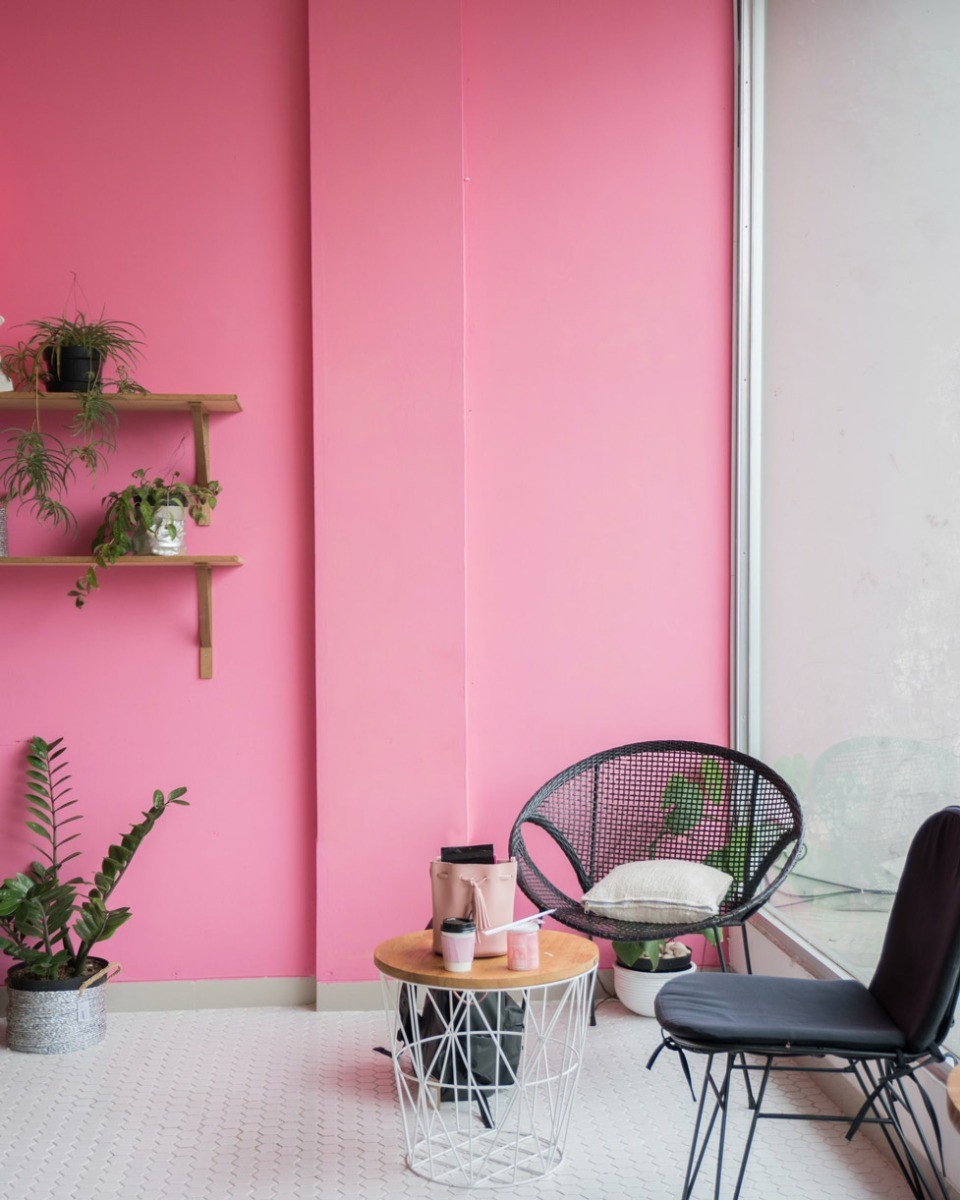
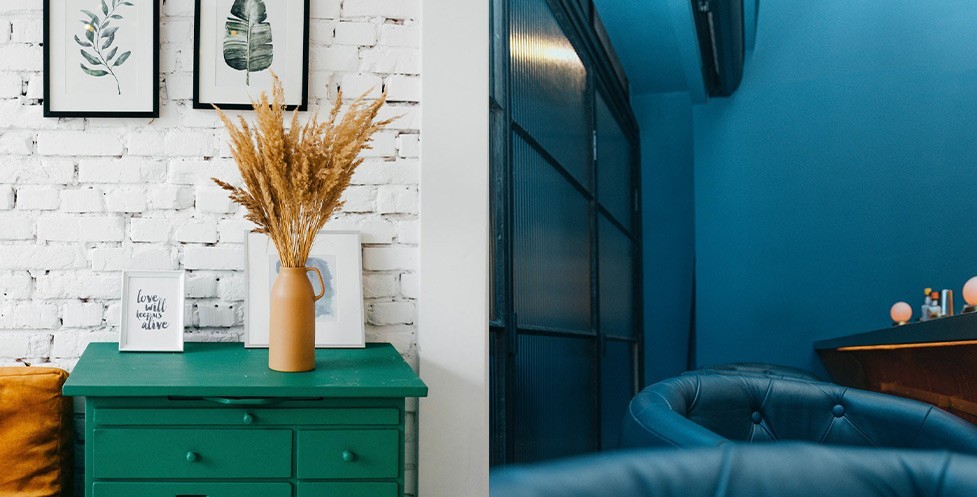
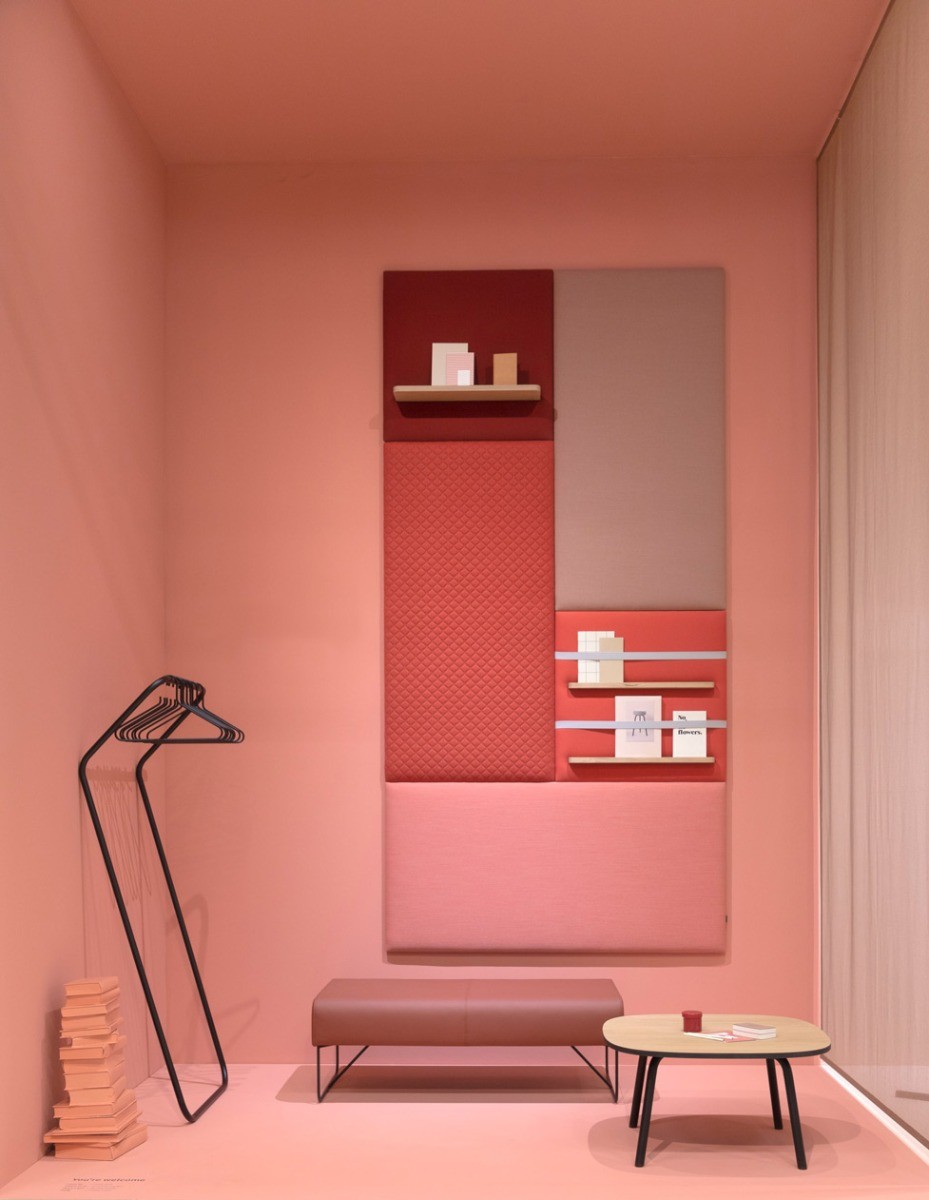
Be bold in your approach. Frankenthaler was ahead of her time and believed that when it came to art, try everything and experiment often.
“What concerns me when I work, is not whether the picture is a landscape, or whether it’s pastoral, or whether somebody will see a sunset in it. What concerns me is – did I make a beautiful picture?” – Helen Frankenthaler.
